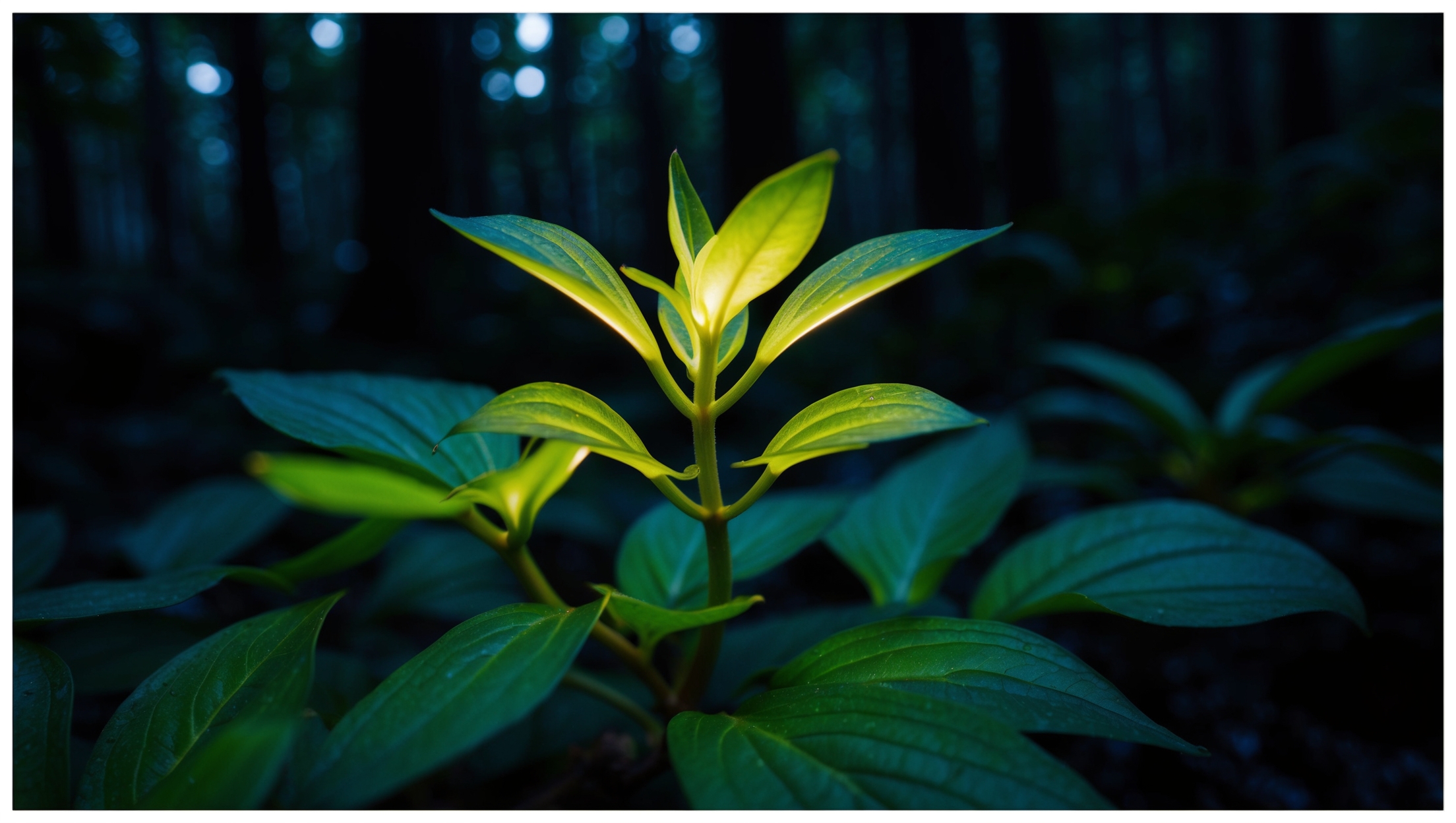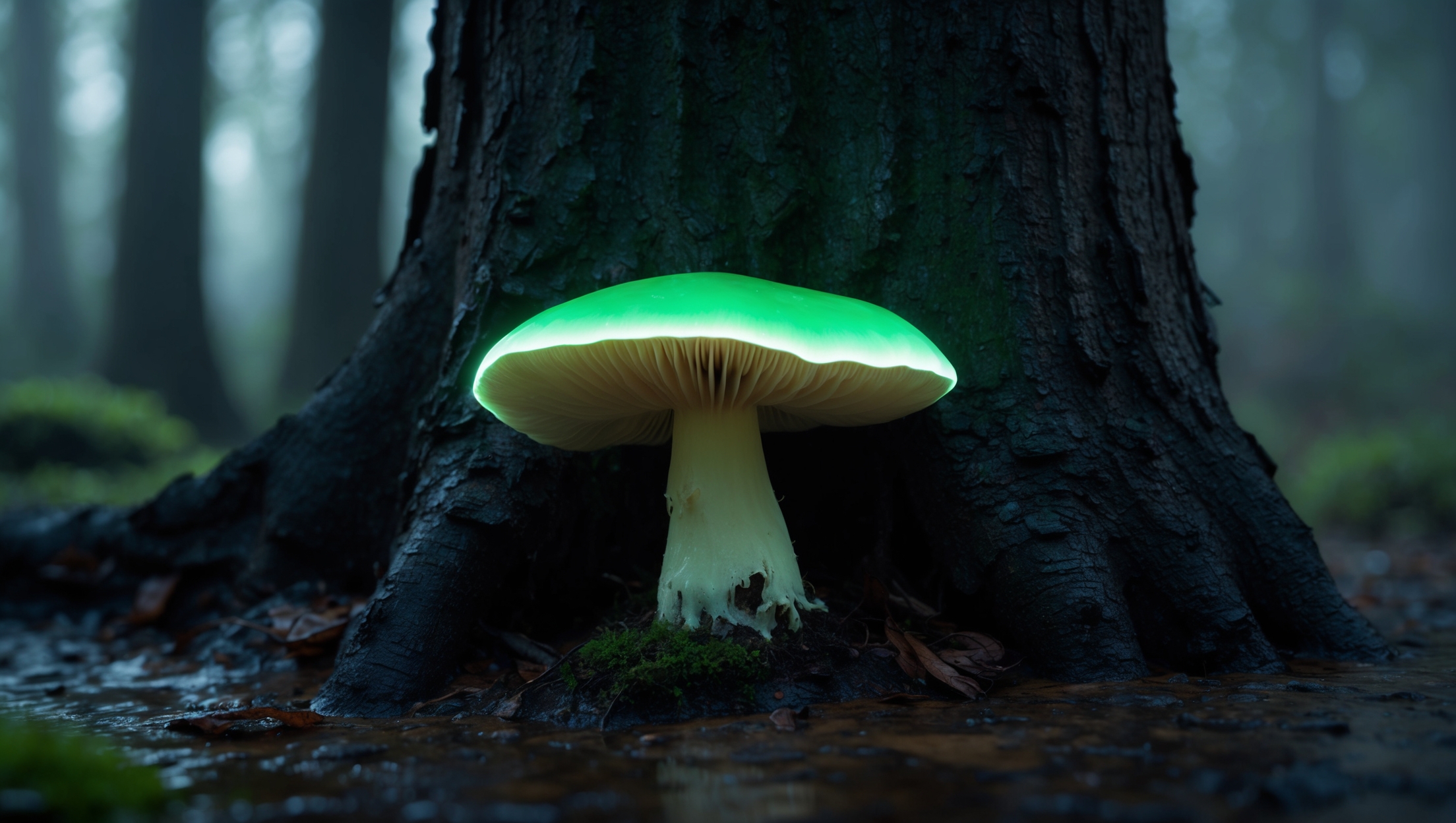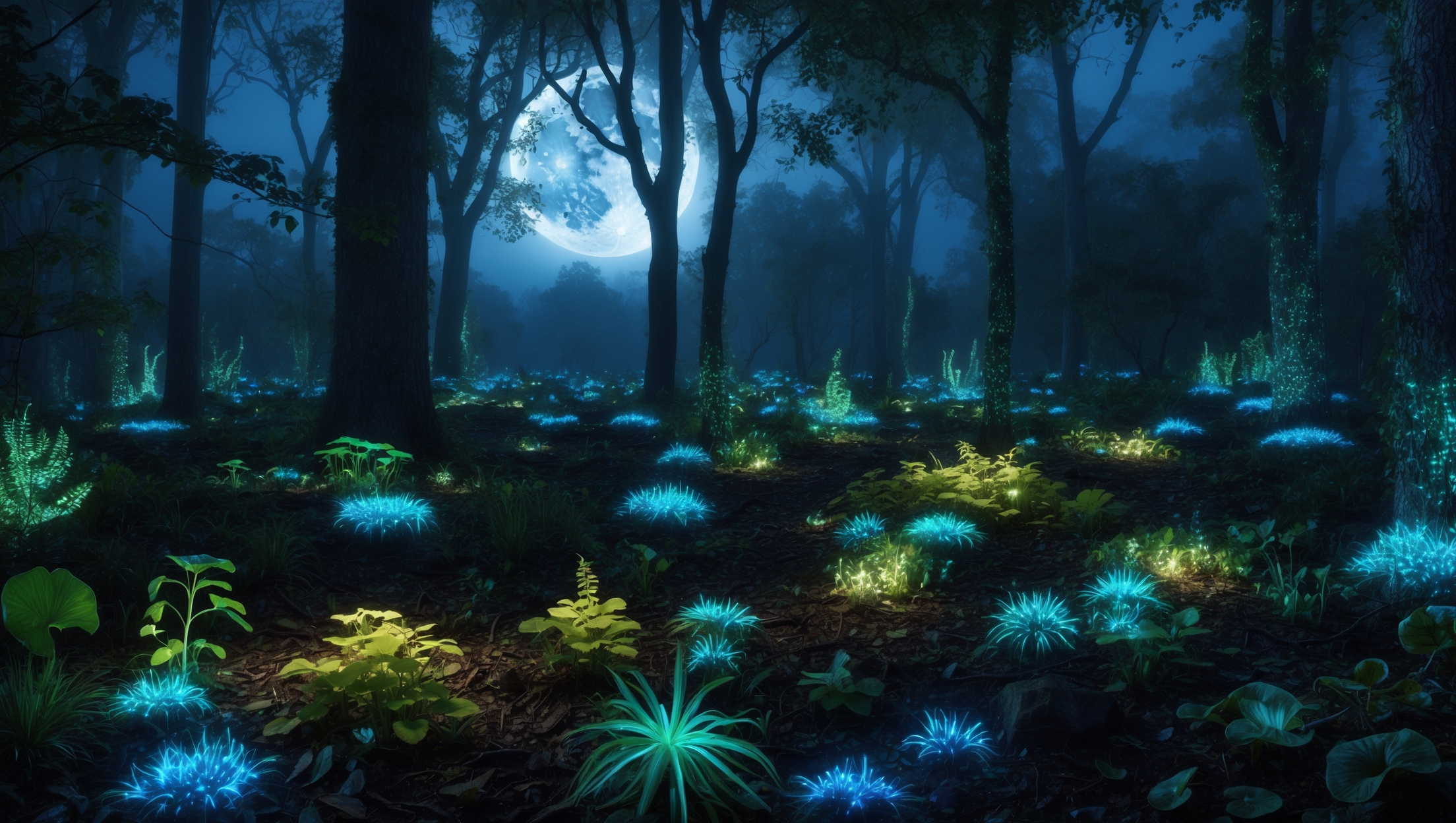Uncovering the Mysteries of Bioluminescent Plants: Nature's Glow-in-the-Dark Spectacle
Have you ever wandered into a forest at night and wished it was lit up like a fairy tale? Well, let me introduce you to the magical world of bioluminescent plants. These glow-in-the-dark wonders turn any ordinary scene into a mystical setting, and trust me, the reality is as captivating as it sounds.
The Science Behind the Glow
Now, you might be asking yourself, “How on Earth do these plants glow in the dark?” Great question! The secret lies in a chemical reaction involving luciferin, a light-emitting molecule, and luciferase, an enzyme that facilitates the reaction. When these two meet, they create light through a process called bioluminescence. It’s a neat little trick of nature that you usually expect from fireflies, not plants.

Nature’s Night Lights
Bioluminescent plants are primarily found in tropical rainforests, given the right conditions of humidity, temperature, and organic decay. One of the most well-known is the glowing ghost fungus (Omphalotus nidiformis), which emits a gentle green glow from underneath its mushroom cap. It’s a sight that wants you to switch off your flashlights and let nature take over.
But it’s not just mushrooms getting all the glow glory. Some species of algae and even certain flowering plants boast bioluminescent properties. Imagine planning your garden around a light show every evening—pure magic!
Why Do Plants Glow?
While we marvel at the aesthetic, plants are a bit more utilitarian. For mushrooms and algae, the glow can serve to attract insects for spore distribution, explain some scientists. In other cases, bioluminescence may act as a defense mechanism, deterring curious herbivores from taking a nibble—an ingenious survival tactic if you ask me!

Bringing the Glow Home
So, can you grow these glowing beauties at home, you wonder? Currently, the market for bioluminescent plants is budding (pun intended). While charming, they’re typically engineered rather than naturally occurring. Scientists are experimenting with genes from luminescent organisms to seed plants that glow for commercial purchases—bringing magical realism to your doorstep.
Though I hate to break it to you, your chances of turning your backyard into a light show might still need scientific backup. But who knows? With the pace of genetic research, you might soon be able to host a bioluminescent dinner party—seriously, imagine what’s possible!
Final Thoughts
Nature never ceases to amaze with its myriad wonders, and bioluminescent plants are one of the most enchanting phenomena. So next time you’re journeying through a tropical forest, or maybe just dreaming about it from your living room, keep an eye out (or at least a hopeful imagination) for a splash of natural illumination.
Hopefully, this dive into the glow-in-the-dark world has lit up your curiosity a bit. Until next time, may your days be bright and your nights wonderfully luminous!
